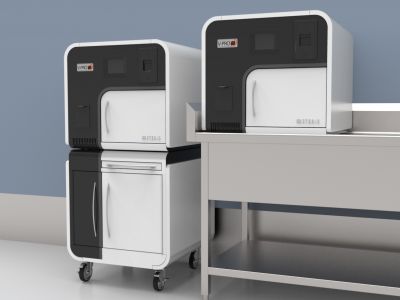Low-temperature sterilization is becoming increasingly popular in the medical device reprocessing industry. This type of sterilization is a more efficient and cost-effective way of sterilizing medical devices, as it is less energy-intensive and can be used to sterilize a wider variety of materials. If you are searching for a low-temperature sterilizer you may check Aurora-sterilisation .

Image Source : Google
Here are some tips:
1. Reduced Risk Of Heat Damage:. High temperatures can cause damage to delicate medical devices, such as endoscopes and other instruments with delicate components. Low-temperature sterilization, on the other hand, uses lower temperatures and shorter cycles, which reduces the risk of heat damage.
2. Improved Efficiency: These sterilization also offer improved efficiency when compared to traditional sterilization methods. Low-temperature sterilization is faster and can be completed in less time, which can help reduce costs and improve turnaround times.
3. Increased Safety: These sterilization also offer increased safety for patients and medical staff. Low-temperature sterilization eliminates the need for hazardous chemicals, which can be dangerous if handled improperly.
4. Improved Quality: Finally, this sterilization can help improve the quality of reprocessed medical devices. Low-temperature sterilization helps to reduce the risk of damage to delicate instruments, as well as reducing the risk of contamination.
Conclusion: Low-temperature sterilization is becoming increasingly popular in the medical device reprocessing industry. Low-temperature sterilization has a number of benefits, including reduced risk of heat damage, improved efficiency, increased safety, and improved quality.
